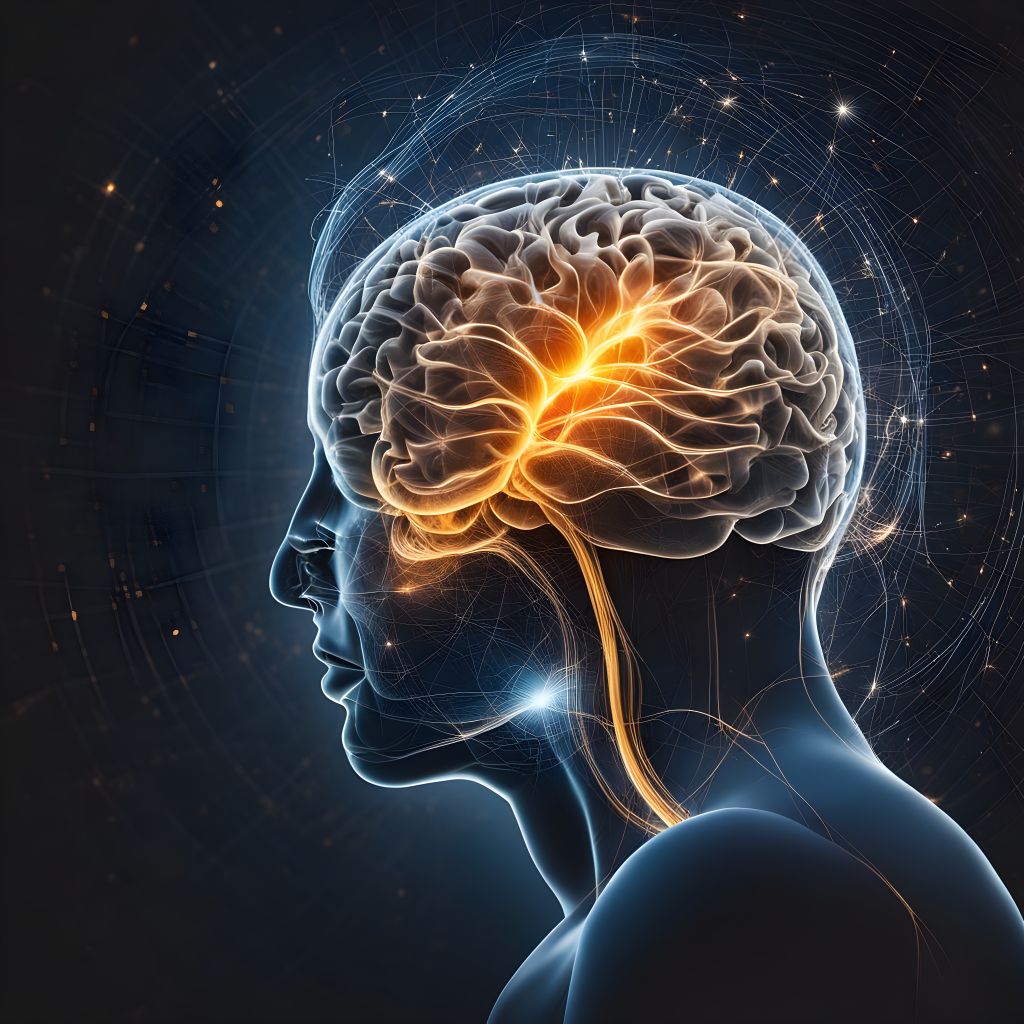Illnesses, Pharmaceuticals
Understanding the Neurological Underpinnings of Chronic Anxiety and Its Implications
Anxiety is more than just a fleeting feeling of worry or fear; for many, it’s a persistent and often debilitating condition. With an increasing number of people across the UK and worldwide experiencing chronic anxiety, delving deep into its neurological roots offers insight into its prevalence and potential coping mechanisms. Let’s explore the neurological underpinnings of anxiety and understand its broader implications.
Chronic Anxiety: A Brief Overview
Before diving into the brain’s role in anxiety, it’s crucial to understand what chronic anxiety entails. Unlike situational anxiety, which arises due to specific events or circumstances, chronic anxiety persists over extended periods, often without a clear triggering event. Symptoms can range from constant worry and agitation to physical manifestations like palpitations or digestive issues.
The Brain’s Role in Anxiety: Neurological Insights
Research from institutions like the National Institute of Mental Health has revealed the intricate connection between brain structures and anxiety disorders. Specific areas like the amygdala, responsible for emotional responses, and the hippocampus, involved in memory formation, play pivotal roles.
The Amygdala: The Emotional Epicenter
The amygdala, a small almond-shaped structure deep within the brain, is responsible for processing emotions like fear and pleasure. In individuals with chronic anxiety, the amygdala tends to be hyper-reactive, amplifying fearful responses even in non-threatening situations. This heightened emotional response is a significant contributor to feelings of constant worry and apprehension.
The Hippocampus: Memory and Anxiety
The hippocampus, another vital brain structure, manages our memories. Studies suggest that traumatic events can lead to changes in this area, potentially heightening the risk of anxiety disorders. Moreover, a smaller hippocampus might reduce an individual’s ability to cope with stressful situations, further aggravating anxiety symptoms.
Neurochemicals and Their Role in Anxiety
It’s not just brain structures but also neurochemicals that play a part in anxiety. Neurotransmitters like serotonin, dopamine, and gamma-aminobutyric acid (GABA) regulate mood and feelings of well-being. An imbalance in these chemicals can lead to heightened anxiety levels, explaining why many treatments focus on restoring this balance.
Understanding the Social Factors
While neurological factors are pivotal, the social factors contributing to anxiety cannot be ignored. Societal pressures, relationship issues, and work stress, especially the connection between work stress and depression in the UK, have seen a surge in anxiety-related disorders in recent years. Recognizing these external factors and their interplay with neurological aspects provides a more holistic understanding of chronic anxiety.
Implications and Coping Mechanisms
Understanding the neurological basis of anxiety is the first step in devising effective coping strategies. For many, knowledge of the brain’s role offers a sense of relief—it’s not merely a state of mind, but a tangible, physiological condition.
Cognitive-behavioral therapy (CBT) and Neurology
Cognitive-behavioral therapy techniques for anxiety have shown promise in addressing the neurological aspects of anxiety. CBT focuses on recognizing negative thought patterns and reframing them. Over time, this can lead to changes in brain structures and pathways, aiding in reducing anxiety symptoms.
Lifestyle Changes and Their Impact
The impact of lifestyle on depression and anxiety is evident. Regular exercise, a balanced diet, and meditation have been shown to induce positive changes in brain structures and neurochemical levels. Practices like breathing exercises to alleviate anxiety symptoms can also provide immediate relief in high-stress situations.
Conclusion
The intricate dance between brain structures, neurochemicals, and external factors paints a complex picture of chronic anxiety. However, with ongoing research and an emphasis on holistic treatment approaches, there’s hope for those grappling with this condition. By understanding the neurological underpinnings of chronic anxiety, we can pave the way for more targeted and effective interventions.
For deeper insights into the neurological foundations of anxiety and its implications, the National Institute of Mental Health offers a wealth of resources and research findings to guide both patients and practitioners alike.

